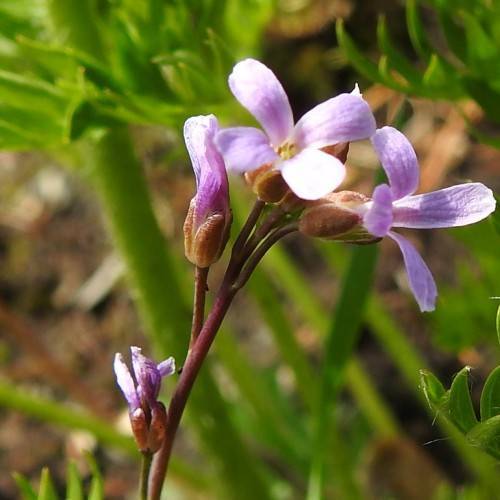
Lyall's Rockcress
Boechera lyallii
Watering:
Frequent
Hardiness Zone:
Sun:
full sun,part shade
Leaf:
Yes
Growth Rate:
Low
Drought Tolerant:
Yes
Salt Tolerant:
Yes
Care Level:
Medium
watering
Lemmon's Rockcress should be watered every 7-10 days. When watering, provide the plant with enough moisture to reach the root zone. This species is very drought-tolerant, so avoid over-watering. When necessary to increase moisture, give the plant 1 deep watering until the soil is soaked. Make sure to water directly at the base of the plant, rather than through a hose or sprinkler.
sunlight
Lemmon's Rockcress grows best in full sun and requires at least 6-8 hours of direct sunlight each day. It is important to provide this plant with at least 4 hours of direct sunlight in the morning and late afternoon. Avoid placing it in direct, intense afternoon sunlight or in full shade as this plant will not thrive in either condition. It is best to keep the plant out of direct mid-day sun during the hottest months of the year.
pruning
Lemmon's Rockcress should be pruned lightly in early spring, right before new growth begins. The aim of pruning is to keep the plant in a neat shape and to encourage an increase in flowering. It is best to cut away any dead, broken or diseased branches and to shape the overall look of the plant. If the plant is in an area with lots of shade, then it can be pruned back to 1 foot in height to help encourage more flowering. In general, do not prune more than a third of the plant's overall height.
